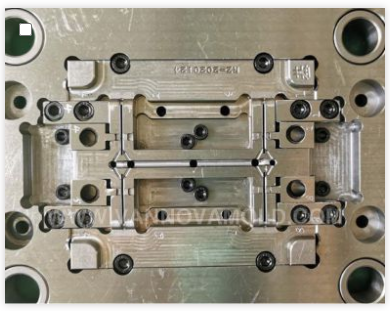Features of the PVC Injection Molding Process
Polyvinyl Chloride or PVC is just one of the most popular commercial thermoplastics chosen to create a selection of plastic products. These consist of pipelines, clinical tubes, and containers, electric wires, as well as building plastic exterior siding. As this material is in great need, makers require to follow a systematic process when creating as well as creating PVC items.
The personalized plastic injection molding process is one that calls for an understanding of PVC as a material, state-of-the-art equipment, and also aspects like temperature level, and also speed. These factors are gone over in detail listed below:
Secure Capacity
For PVC shot molding the manufacturer will require a shot molding machine, which has a securing pressure of 1.5 to 2.5 loads per square inch.
PVC Conditions: The temperature of the melted PVC should be checked by straight placing a needle pyrometer into the product. One of the most maximum thaw temperature levels for PVC needs to normally be between 345 oF and 375oF.
Equipment Kind
Usually, PVC can be molded with reciprocating screw shot molding machines. These should include plasticating screws to ensure that the material in its melted type corresponds to the reliable shot right into the mold and mildew dental caries. The screw compression proportion should be less or equal to 3.0:1.
Injection Speeds
The amount of speed used in a customized injection molding procedure will depend a large amount on the measurements of the mold, and the thickness of the PVC. Generally, slim components can be filled up at greater rates compared to parts that are thick-fit. Nonetheless, it is always advised that moderate rates be made use of for the injection procedure.
Molding Conditions
Form Temperature: The appropriate temperature variety for the mold and mildews is from 70oF to 130oF. The value of mold and mildew temperature level is the result it has on material contraction.
Nozzle Temperature: The temperature level of the nozzle requires to be changed from the barrel zones to guarantee that the thawed PVC continues to be within the injection cylindrical tube. If not, there can be a tendency for the nozzle to ice up, hence preventing the thawed product from being injected appropriately. Excess temperature can lead to the PVC dripping from the nozzle. Leakage can be prevented by utilizing stress relief devices. This can suck the PVC back into the cylindrical tube.
Processing Time
Normally, the typical time to produce a PVC component is anywhere between 30 and also one minute. However, processing time can be enhanced depending upon elements such as the size of the part, its measurements, and also mold temperatures. Taking these aspects right into account, as well as the variety of parts to be produced, the manufacturer can give an estimated time of distribution to the client.
Backpressure as well as Screw Speeds
The term backpressure describes the liquified PVC standing up to ahead circulation. A mix of backpressure and screw speeds permits reliable molten PVC shot into the mold. Minimal back stress ranging from 50 to 125 psi is recommended. Excess back pressure can boost the general molding process time. Screw speeds should be set to slow down or medium.
We are an injection molding products factory, please contact us if you need them.

评论
发表评论